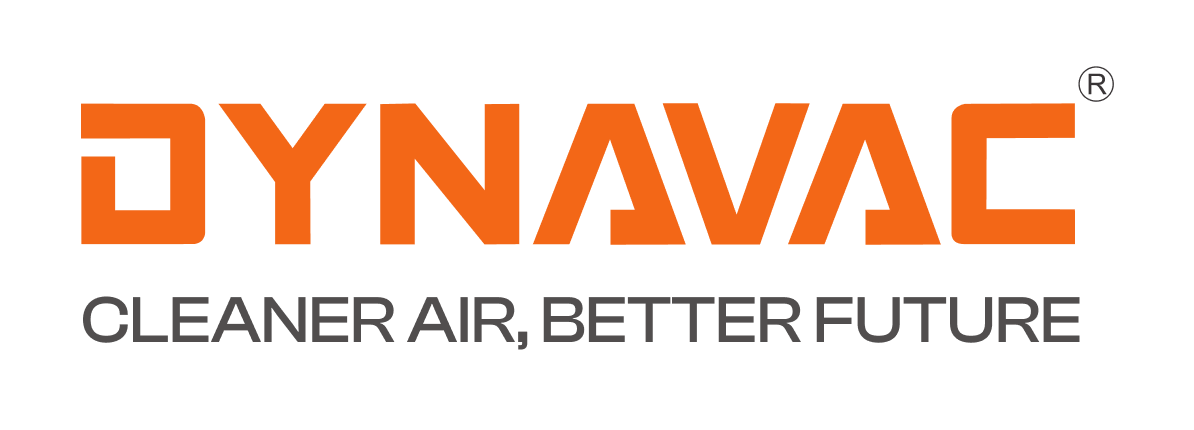Selecting the appropriate dust collector is a critical decision for any industrial facility aiming to maximize efficiency and maintain a clean, safe environment. The right dust collection system not only ensures compliance with health and safety regulations but also enhances productivity and operational efficiency. Here, we provide a technical guide on choosing the optimal dust collector based on industry-specific needs, dust types, and operational requirements, with references to American standards such as ACGIH (American Conference of Governmental Industrial Hygienists).
Understanding Industry-Specific Needs
Each industry has unique dust collection requirements based on the nature of its operations. For example:
- Metalworking: Requires dust collectors capable of handling metallic dust and fumes, often needing systems that can manage hot and abrasive particles.
- Woodworking: Needs systems that can capture fine sawdust and larger wood chips, with emphasis on high airflow and filtration efficiency.
- Pharmaceutical and Food Processing: Demands collectors that prevent cross-contamination and adhere to strict hygiene standards, often requiring HEPA filtration and easy-to-clean designs.
Analyzing Dust Types
The type of dust generated plays a significant role in determining the appropriate dust collector. Key considerations include:
- Particle Size and Distribution: Fine dust requires high-efficiency filtration systems, while larger particles may need cyclone or baghouse collectors.
- Dust Composition: Combustible dusts require collectors designed with explosion protection measures, as outlined in the NFPA standards.
- Dust Load and Volume: High dust load operations may benefit from continuous-duty collectors with self-cleaning filters.
Operational Requirements
Operational factors that influence the choice of dust collectors include:
- Airflow and Static Pressure: Ensuring the system can handle the required airflow rates and overcome static pressure losses is crucial for optimal performance.
- Maintenance and Downtime: Systems designed for easy maintenance and quick filter changes can reduce downtime and improve operational efficiency.
- Energy Efficiency: Energy-efficient designs can significantly reduce operational costs over the system’s lifespan.
ACGIH
Compliance with industry standards such as ACGIH (American Conference of Governmental Industrial Hygienists)is vital. These standards provide guidelines for dust collection system design, installation, and maintenance to ensure safety and efficiency.
Dynavac’s Solutions for Diverse Industries
Dynavac offers a comprehensive range of dust collectors tailored to meet the diverse needs of various industries:
- Baghouse Dust Collectors: Ideal for heavy-duty applications with large dust volumes, featuring high-efficiency filtration and robust construction.
- Cartridge Filter Dust Collectors: Suitable for fine and hazardous dusts, offering compact design and easy filter replacement.
- Cyclone Collectors: Effective for pre-separating large dust particles, reducing the load on final filters.
- Portable Dust Collectors: Versatile solutions for localized dust control, providing flexibility and ease of use.
Conclusion
Choosing the right dust collector involves a thorough understanding of industry-specific needs, dust types, and operational requirements. By adhering to standards like ACGIH(American Conference of Governmental Industrial Hygienists), and leveraging Dynavac’s expertise, industries can ensure a cleaner, safer, and more efficient working environment. Investing in the right dust collection system is not just a regulatory necessity but a strategic decision that can enhance overall productivity and safety.


